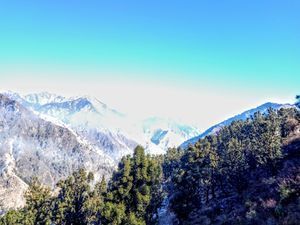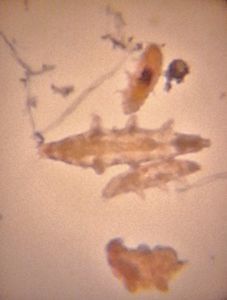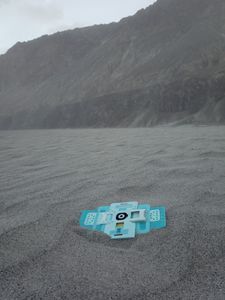Foldscope, Tardigrade and The Himalayas Part 04
 Dec 01, 2018 • 11:33 AM UTC
Dec 01, 2018 • 11:33 AM UTC Unknown Location
Unknown Location 140x Magnification
140x Magnification Microorganisms
Microorganisms
Yashas Devasurmutt
Biotechnologist|Photographer|Tardigrade Hunter|Musician|Gamer My Research Interests are Astrobiology, Nanobiotechnology and Artificial Intelligence.
13posts
70comments
3locations
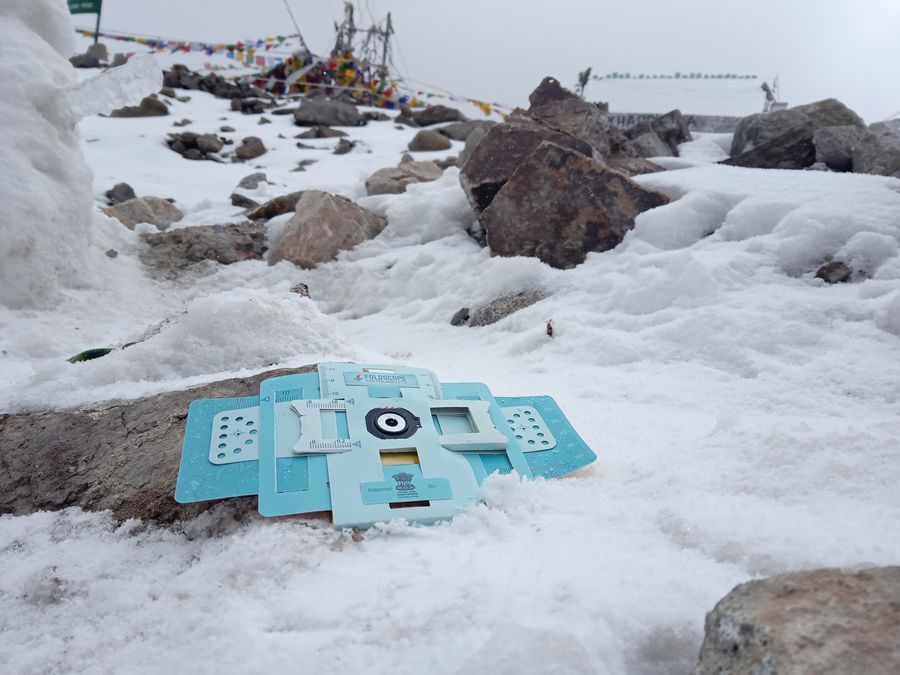
Hey folks, here’s a post about my journey in the Himalayas with Foldscope. Follow me on Twitter and Researchgate to know more.
Lets continue…
As we finished our journey in Hampta Pass , we returned back to Manali as our trip to Leh – Ladakh was about to start. The valley is one of the biggest biodiversity hotspots, with many of the places unscathed by Human activities. The Mountains and the beautiful valleys will leave one mesmerised for the rest of their lives. I personally can’t thank enough DBT and Team Foldscope for giving such an opportunity.
This is the route map for Leh journey from Manali
Lets continue…
As we finished our journey in Hampta Pass , we returned back to Manali as our trip to Leh – Ladakh was about to start. The valley is one of the biggest biodiversity hotspots, with many of the places unscathed by Human activities. The Mountains and the beautiful valleys will leave one mesmerised for the rest of their lives. I personally can’t thank enough DBT and Team Foldscope for giving such an opportunity.
This is the route map for Leh journey from Manali
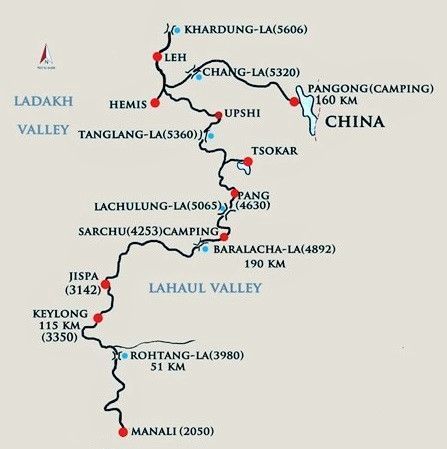
Manali to Leh Road Map (Height of Passes in meters)
The photos are enough to surprise and mesmerise you folks at the same time, it’s really fascinating to notice that there’s very little vegetation in the region, especially lichens, Although I found some lichen growth in a place called Sarchu (32.9070162 N 77.5812849 E; 4278 m above sea level)
The photos are enough to surprise and mesmerise you folks at the same time, it’s really fascinating to notice that there’s very little vegetation in the region, especially lichens, Although I found some lichen growth in a place called Sarchu (32.9070162 N 77.5812849 E; 4278 m above sea level)

Sarchu 01

Sarchu 02

Me, scraping Lichen Sample

Lichen Sample 01
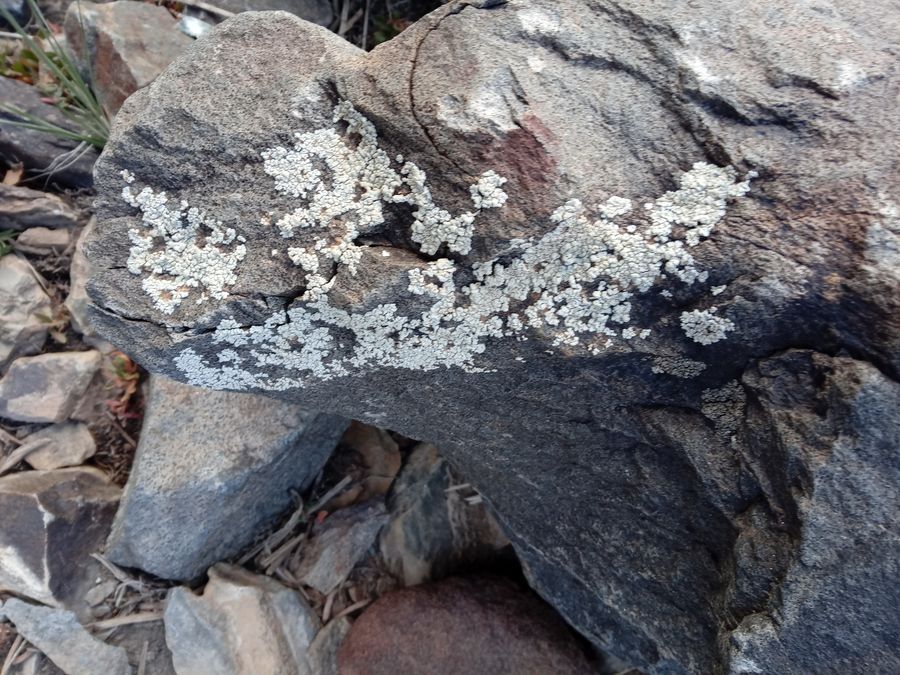
Lichen Sample 02
But the search didn’t end at that place, we further traversed towards the north of the region and reached Leh via various passes with subsequent increase in altitudes. We couldn’t find any Lichen growth in the region.
But the search didn’t end at that place, we further traversed towards the north of the region and reached Leh via various passes with subsequent increase in altitudes. We couldn’t find any Lichen growth in the region.
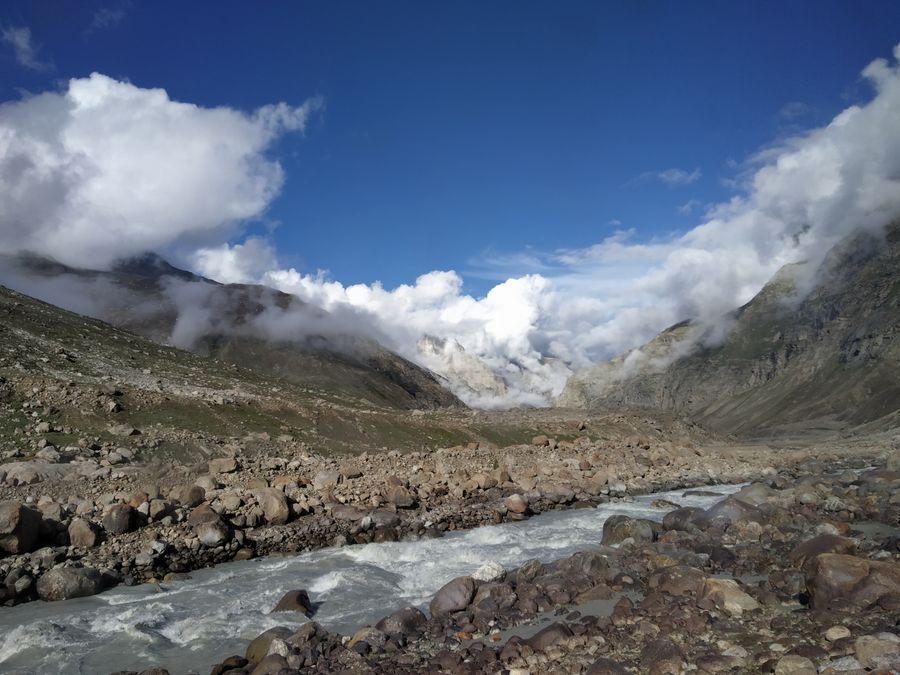
Ladakh valley 01

Small stream in the valley

Ladakh Valley 02

Ladakh valley 03
We further traveled north of Leh towards Nubra valley(Coldest Desert of India)
But the only route is via Khardung La Pass (Highest Motorable all-weather road in the World)
While travelling we experienced all types of weather in the place. The temperature at the top was around -10 degree Celsius. It’s not advisable to stay too long at the top as there is very less amount of Oxygen per Cubic meter. As the altitude increases, the pressure and temperature drops significantly.
We further traveled north of Leh towards Nubra valley(Coldest Desert of India)
But the only route is via Khardung La Pass (Highest Motorable all-weather road in the World)
While travelling we experienced all types of weather in the place. The temperature at the top was around -10 degree Celsius. It’s not advisable to stay too long at the top as there is very less amount of Oxygen per Cubic meter. As the altitude increases, the pressure and temperature drops significantly.
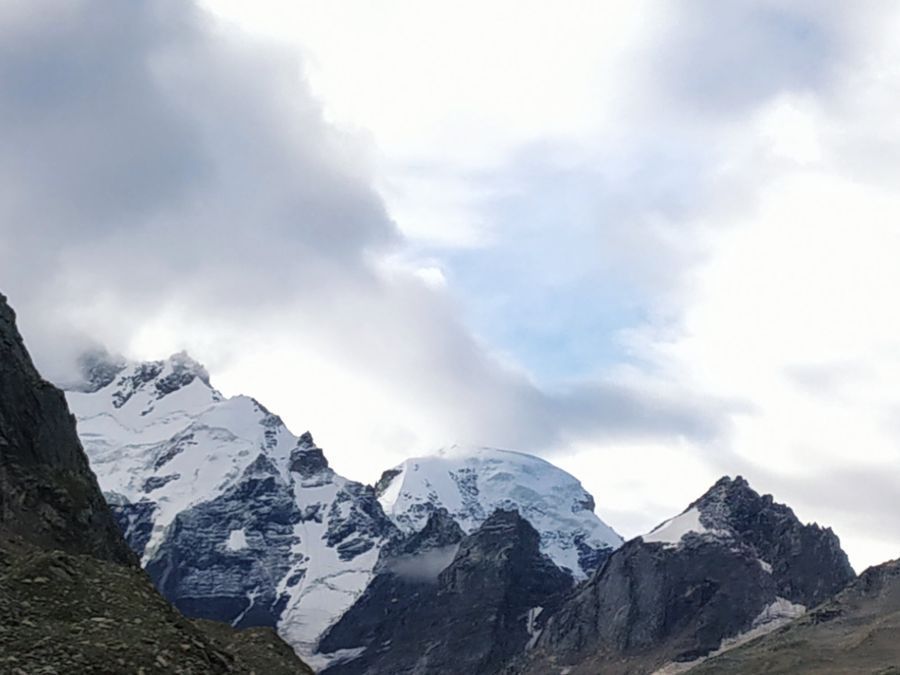
Khardung La 01

Khardung La 02

Khardung La 03
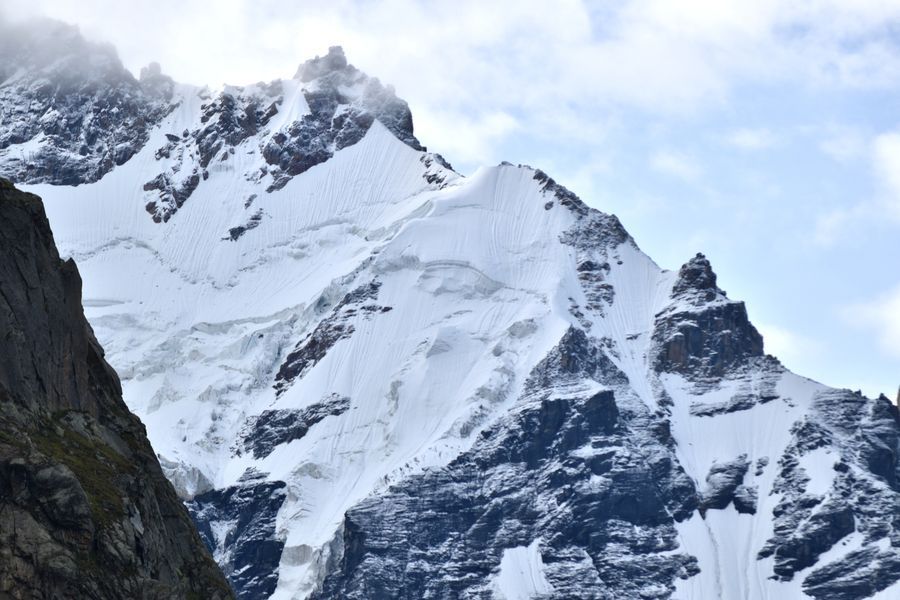
Khardung La 04
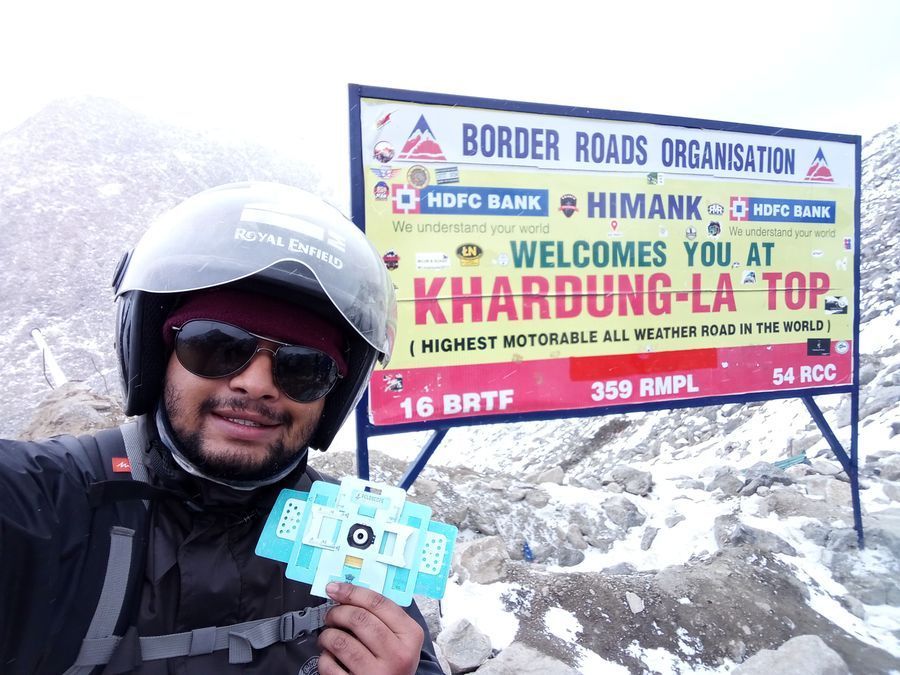
Me with the Foldscope in Khardung La

Foldscope in Khardung La
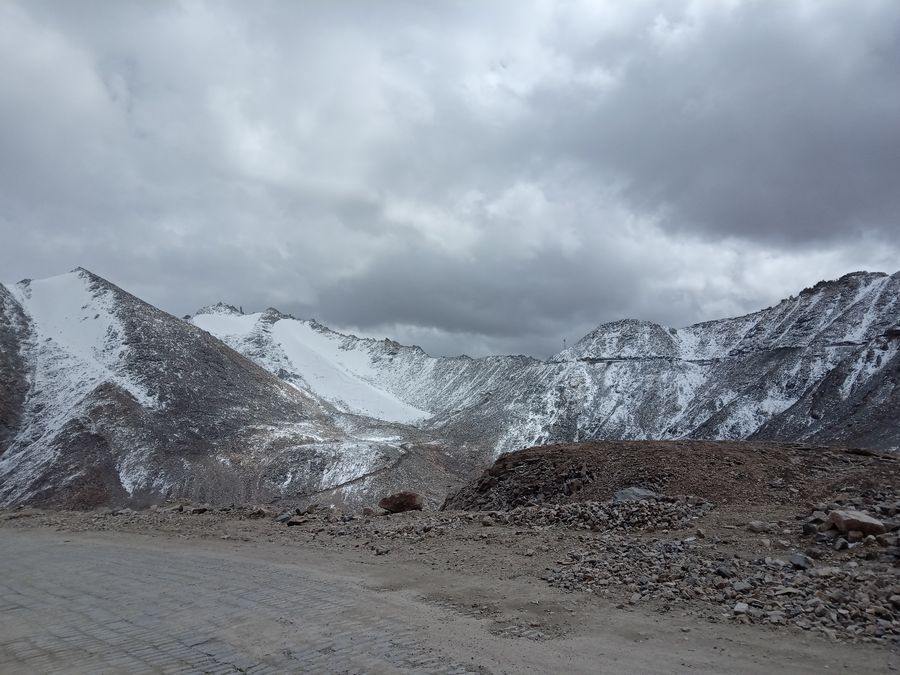
Khardung La 05

Sign in to commentNobody has commented yet... Share your thoughts with the author and start the discussion!

 0 Applause
0 Applause 0 Comments
0 Comments

